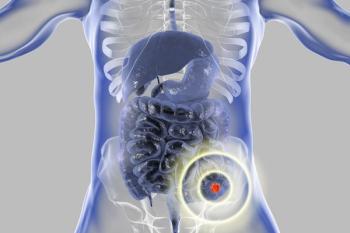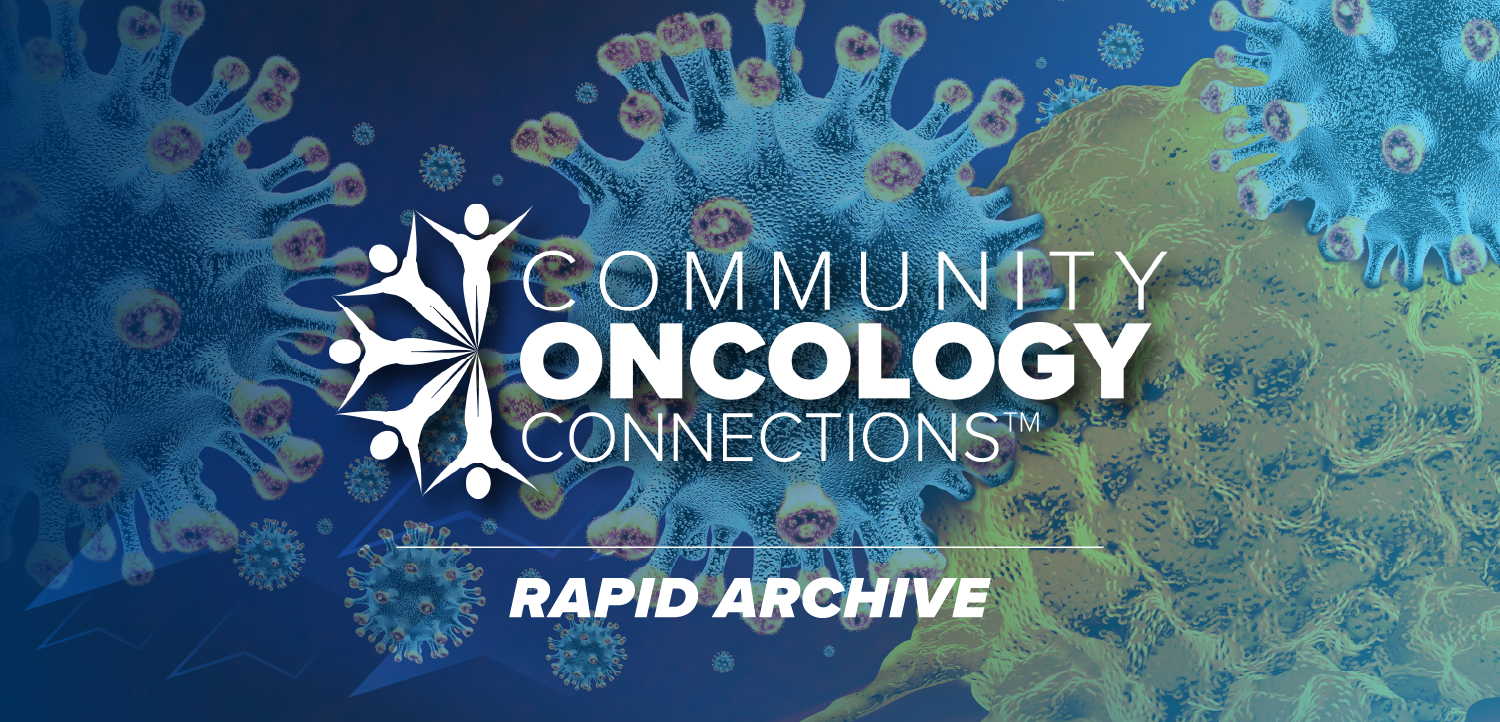
Genomic Testing and Mortality Risk in a Clinicogenomic Cohort of Patients
Researchers identified a correlation between the timing of genomic testing and mortality risk in a clinicogenomic cohort of patients with cancer.
In a research letter published in JAMA Network Open, researchers found an association between the timing of genomic testing and mortality risk in a clinicogenomic cohort of patients with cancer.
“At scale, linked tumor profiles and clinical outcomes could enable researchers to develop rich predictors of treatment effectiveness. However, profiling may be ordered in clinical practice specifically to inform treatment for worsening cancer, introducing selection bias1 into secondary analysis of genomic data,” the authors wrote. “This would manifest not only as systematic differences between patients who entered a cohort and those who did not, but also as differences by timing of cohort entry.”
In this retrospective single-institution cohort study of patients with all stages of lung, breast, colorectal, pancreatic, or urothelial cancer who had tumor profiling under next-generation sequencing protocol, researchers measured the time from diagnosis to genomic testing and time from diagnosis to death. The results were presented according to the Strengthening the Reporting of Observational Studies in Epidemiology (STROBE) reporting guideline.
In total, the cohort consisted of 4777 patients, with the distribution of cancer histology including 2009 patients with lung cancer (42.1%), 1210 with breast (25.3%), 823 with colorectal (17.2%), 413 with urothelial (8.6%), and 322 with pancreatic (6.7%). The overall τ statistic (Tc) was -0.18 (95% CI, -0.21 to -0.15; P < 0.001), suggesting that patients undergoing genomic testing later in their disease trajectories had shorter survival than would normally be anticipated if time to testing were independent of clinical risk.
In subgroup analyses, this association was also detected for patients initially diagnosed with stage I (Tc, -0.18; 95% CI, -0.32 to -0.05), stage II (Tc, -0.16; 95% CI, -0.27 to -0.06), and stage III (Tc, -0.24; 95% CI, -0.32 to -0.15) disease but not stage IV disease (Tc, 0.01; 95% CI, -0.03 to 0.06), which is consistent with a pattern of genomic testing after relapse. Even further, the association was reported across breast (Tc, -0.27; 95% CI, -0.35 to -0.19), colorectal (Tc, -0.20; 95% CI, -0.29 to -0.11), lung (Tc, -0.17; 95% CI, -0.22 to -0.13), pancreatic (Tc, -0.10; 95% CI, -0.20 to 0.00), and urothelial (Tc, -0.27; 95% CI, -0.40 to -0.15) cancer sites.
According to the investigators, outcome events in a cohort such as this are subject to not just immortal time bias, but to temporal selection bias as well. These biases should therefore be considered in genomic data analyses. Notably, studies looking for predictors of recurrence in early-stage disease might be especially vulnerable to this issue.
“Left truncation analyses, which consider patients at risk only after genomic testing, could eliminate immortal time bias if the timing of testing were random,” the authors wrote. “However, if genomic testing is ordered because of progressive cancer, left truncation time could be undesirably associated with clinical risk, systematically excluding patients with a good prognosis at each time point.”
In addition, researchers indicated that by merely restricting analyses to treatments initiated after genomic profiling may also bias a cohort toward patients deemed to be high risk. Instead, it was recommended that the extent of temporal selection bias be measured by calculating the condition Tc for a given cohort.
“If such bias is identified, specialized methods, including copula or transformation models, can be applied to adjust for it,” the authors wrote.
Reference:
Kehl KL, Schrag D, Hassett MJ, Uno H. Assessment of Temporal Selection Bias in Genomic Testing in a Cohort of Patients With Cancer. JAMA Network Open. doi:10.1001/jamanetworkopen.2020.6976
Newsletter
Stay up to date on recent advances in the multidisciplinary approach to cancer.






















































































